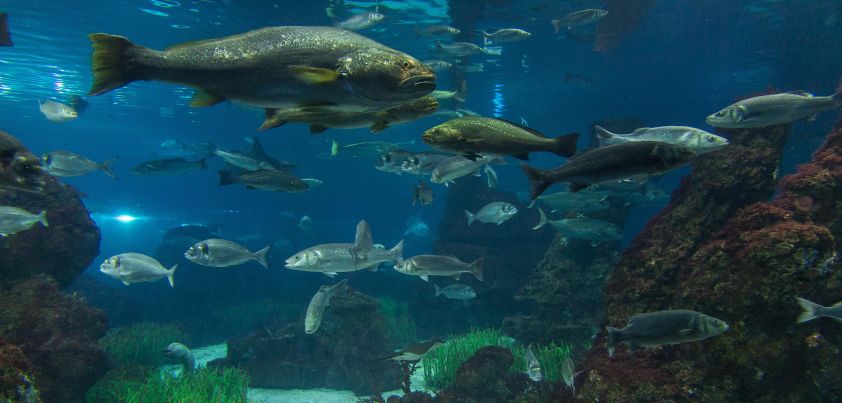 Although this story was described as an “Australian” folktale when published in 1910, Australia is too young a nation to have folktales of its own. This is an adaption of an Australian aboriginal myth. Like those of many ancient cultures, it tries to explain the meaning of every-day things: in this case, how fish got into rivers and why rivers always feel warmer if you swim in them on a cold day. According to the story, fish used to live and hunt on the land and only came to live underwater because of an accident lighting a fire.
Although this story was described as an “Australian” folktale when published in 1910, Australia is too young a nation to have folktales of its own. This is an adaption of an Australian aboriginal myth. Like those of many ancient cultures, it tries to explain the meaning of every-day things: in this case, how fish got into rivers and why rivers always feel warmer if you swim in them on a cold day. According to the story, fish used to live and hunt on the land and only came to live underwater because of an accident lighting a fire.
Our source for the story was The Lilac Fairy Book, one of a series of twelve collections of folk and fairy tales for children edited by Andrew Lang. This is the last book in the series, and was first published in 1910. Lang’s wife Leonora modified many of the non-European stories in the Fairy Book collection to make them more suitable for children. Lang’s source for A Fish Story was almost certainly a story titled Why Fishes Inhabit the Water, published in the British Folklore Journal in 1908.
A Fish Story Original Text / PDF / Audio (800 words)
Why Fishes Inhabit the Water Original Text / PDF (500 words)
General Comments
The Folklore Journal story was contributed by Australian surveyor R. H. Mathews. Although Mathews was a self-taught anthropologist with no university qualifications, Lang is said to have regarded him highly: so much so that in 1903 he went on record praising Mathews’s work on aboriginal marriage customs. Mathews attributed the story to the Kamilaroi (Gamilaraay) aboriginal nation, whose land extends from Northern New South Wales into Southern Queensland. This is consistent with the fact that the story says the fish tribe camped by the Barwan (Barwon) River, which is located in the south-western part of Kamilaroi country.
If you are interested in seeing how well the original story has survived the last 100+ years, you can read a modern version titled Thuggai the Yellowbelly extracted from an aboriginal arts website. We haven’t seen any other aboriginal myths that feature Thuggai, but we have seen mention of one of the other characters (Ghuddu the Murray Cod) in other aboriginal creation stories.